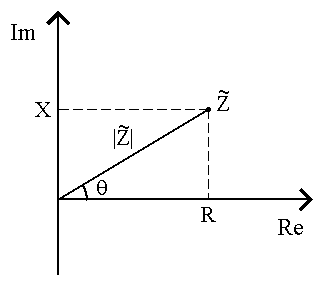
Avaliable methods of research
- TOF SIMS
- Thermogravimetric and differential thermal analysis
- Impedance
- Testing of SOFC stacks
- Power electronics
- XPS
- Clean room for MEA production
- Bipolar plate production and tests
- SOFC tests
Impedance Spectroscopy
Electrical impedance extends the concept of resistance to AC circuits, describing not only the relative amplitudes of the voltage and current, but also the relative phases. In general impedance is a complex quantity Z and the term complex impedance may be used interchangeably; the polar form conveniently captures both magnitude and phase characteristics,
Z = Z ej*phi
where the magnitude Z gives the change in voltage amplitude for a given current amplitude, while the argument phi gives the phase difference between voltage and current. In Cartesian form,Z = R + j*X
where the real part of impedance is the resistance R and the imaginary part is the reactance X.Resistance is the real part of impedance; a device with a purely resistive impedance exhibits no phase shift between the voltage and current.
Reactance is the imaginary part of the impedance; a component with a finite reactance induces a phase shift phi between the voltage across it and the current through it.

- Frequency 10-3 – 106 Hz
- Amplitude 10mV - 300mV
- Bias 0mV - 2V
... top






